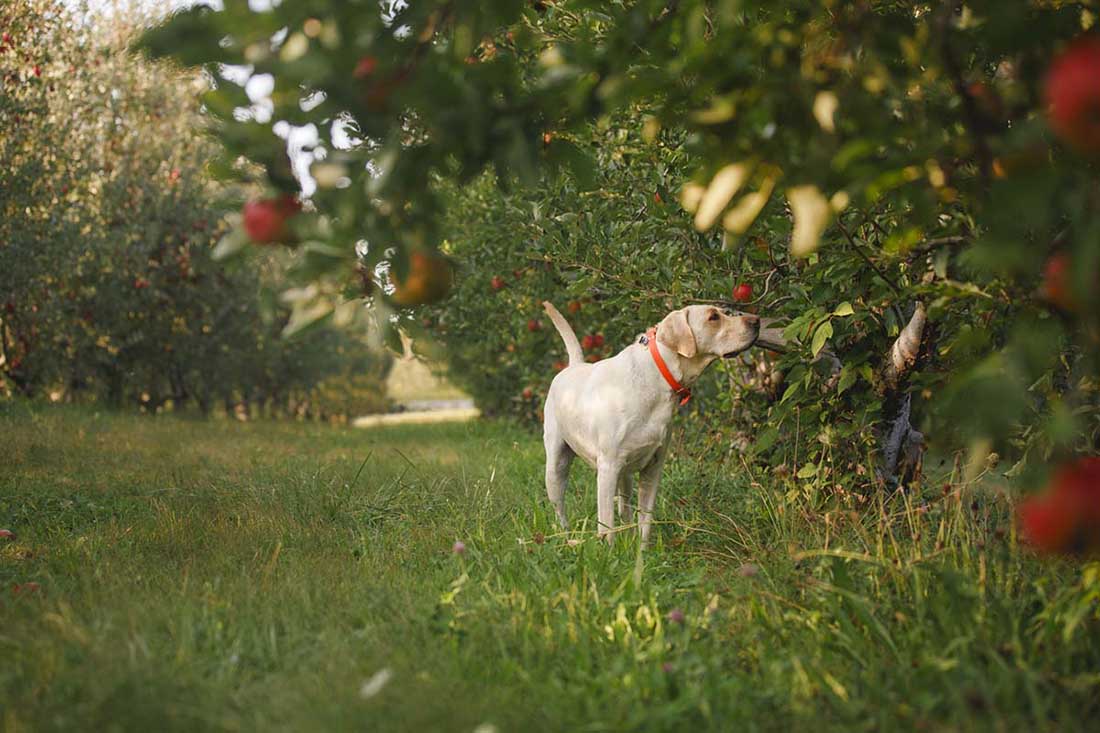Dr. John Tegzes, VMD, Diplomat American Board of Veterinary Toxicology from Western University of Health Sciences, tells us about the dangers of pesticides and some plants for our pets.
Which Plants Are Harmful For Dogs?
“People are always very concerned about plants in their environment, what plants are toxic etc… We know dogs by their nature are very curious and they will chew on things or sticks that potentially are toxic or harmful to them.
Pesticide use I think has most people very concerned and they are worried that their dogs will accidentally be exposed to either a rat poison that’s in their environment or an insecticide. Those things are scary, they are toxins, they’re not natural things that should be there and dogs because of their curious nature will look for those things and find them and often eat them until they do become poisoned.
While it is natural for dogs to be curious and explore their surroundings, it is crucial for owners to be aware of the potential dangers lurking in their environment. Many plants can pose a threat to our canine companions if ingested. Some common examples include lilies, azaleas, daffodils, and tulips. These plants contain toxic compounds that can lead to various symptoms ranging from gastrointestinal upset to organ damage.
In addition to plants, the use of pesticides is a significant concern for pet owners. The presence of rat poisons or insecticides in the environment can be particularly worrisome. These substances are not meant to be ingested by animals and can cause severe poisoning if consumed. Dogs, driven by their inquisitive nature, may inadvertently come into contact with these toxins and suffer from harmful effects.
How To Protect Your Dog From Poisonous Plants & Pesticides
To protect our pets, pet owners should be proactive. It is crucial to research and identify the plants that are harmful to dogs and remove them from their reach. Furthermore, when using pesticides, it is essential to keep pets away from treated areas and follow the instructions provided by the manufacturer.
By being knowledgeable about potential hazards and taking preventive measures, we can create a safer environment for our furry companions and ensure their well-being. Remember, when it comes to the health of our pets, prevention is always better than cure.
Watch the full video here:
